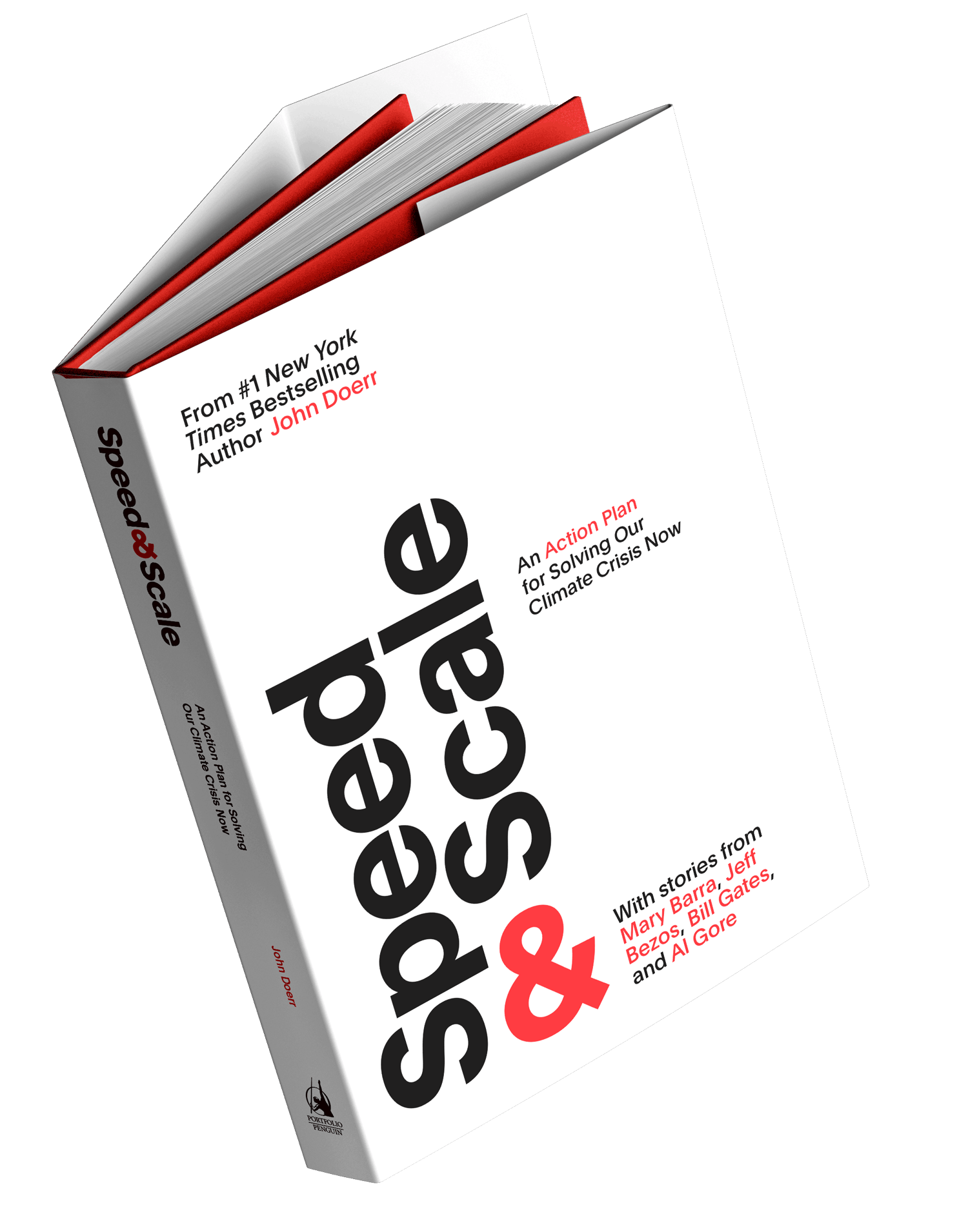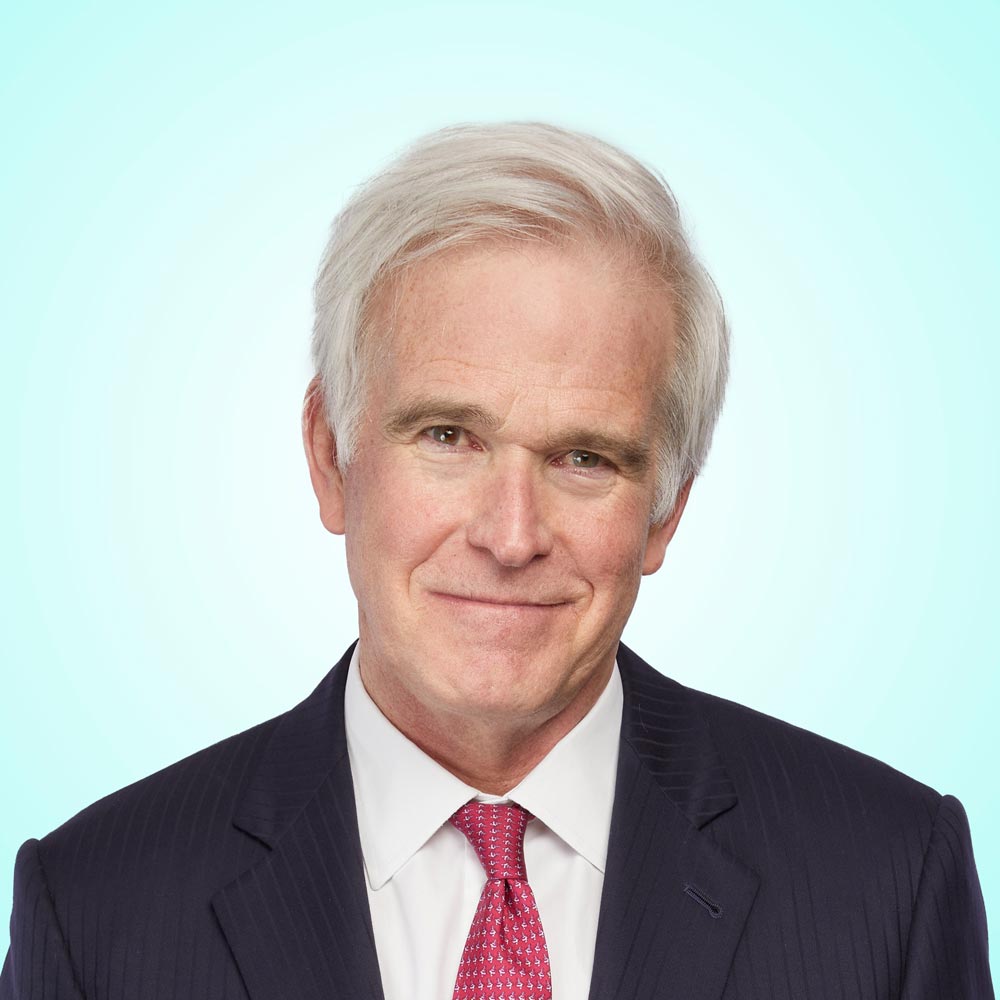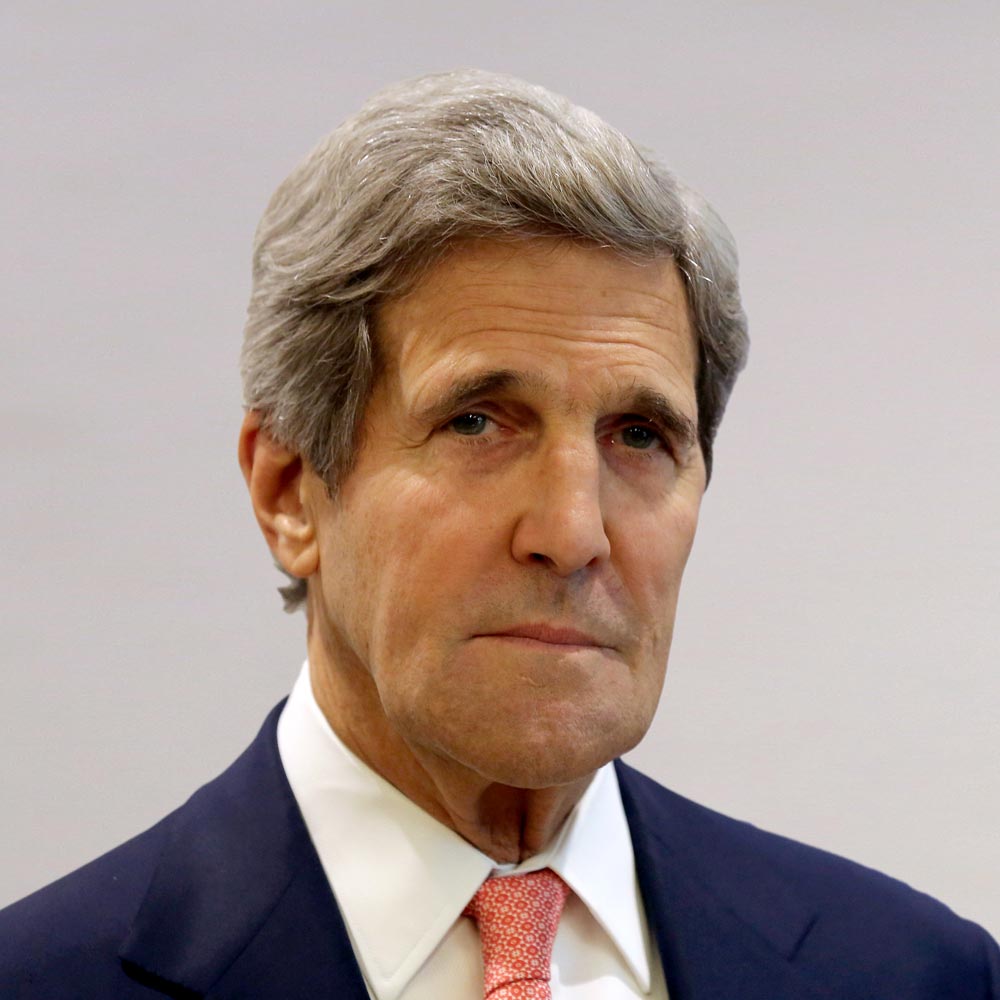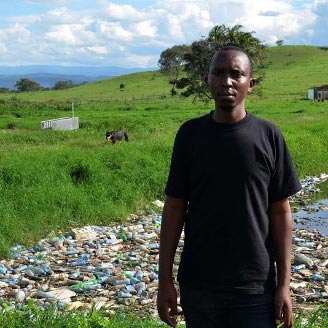“A comprehensive plan to tackle one of the most vexing challenges in human history.”
Jim Collins, author of Good to Great

Achieve global price parity between EVs and gas-powered vehicles by top emitters by 2030.
$55,694 (average EV) vs. $45,264 (average full-size car) in the U.S.
Source: Kelley Blue Book, 2024
EV share of car sales was 24.0% in 2024
(BEVs and PHEVs)
Source: BloombergNEF, 2025
Increase sales of zero-emissions medium and heavy trucks to 30% of all new truck sales by 2030; 95% by 2045.
Electric share of global truck sales was 0.9% in 2023
(BEVs, FCVs, and PHEVs)
Source: BloombergNEF, 2023
Increase miles driven by electric vehicles (two- and three-wheelers, cars, buses, and trucks) to 50% of the global total by 2040, 95% by 2050.
EV global share of miles driven across road vehicles in 2023: 6.3%
(BEVs, FCVs, and PHEVs)
Source: BloombergNEF, 2024
Deploy low-carbon fuel for 5% of maritime shipping by 2030; zero out emissions for the shipping industry by 2050.

Tap emissions-free sources to generate 50% of electricity worldwide by 2026, 90% by 2035.*
39% of electricity came from emissions free sources in 2023
Source: Energy Institute, 2024
Make the cost of solar and wind lower than fossil fuels by 2025.
Reduce the cost of short-duration electricity storage to less than $50 per kWh by 2028 and the cost of long-duration electricity storage (up to 30 days) below $10 per kWh by 2030.
Short-duration storage: $165 per kWh
Long-duration storage: Limited Data
Source: BloombergNEF, 2024
Stop the build-out of new coal and gas plants immediately; retire or zero out emissions from existing plants by 2040.*
Now in operation globally: 6,538 coal-fired plants and 7,986 gas plants
Source: Global Energy Monitor, 2025
Reduce flaring and eliminate leaks and venting from coal, oil, and gas sites by 2030.
3 gigatons of methane emissions from the energy sector in 2023 (CO2 equivalent)
Source: International Energy Agency, 2024
Cut fossil fuels for heating and cooking in half by 2040.*
In 2022, building heating generated 2.5 Gt of emissions and over 7 billion people used fossil fuels for cooking
Source: International Energy Agency and World Health Organization, 2024
Global average: $252 of GDP per Exajoule of Fossil Fuel Consumption
Source: Energy Institute and World Bank, 2024

Improve soil health by increasing carbon content in topsoils to a minimum of 3% by 2035.
Limited Data
Stop overuse of nitrogen-based fertilizers and develop cleaner alternatives to cut emissions in half by 2050.
The world uses 65.4 kilograms per hectare of nitrogen-based fertilizers
Source: Food and Agriculture Organization and Our World in Data, 2024
Cut emissions from beef and dairy consumption by 25% by 2030, 50% by 2050.
3.3 gigatons of emissions from beef and dairy in 2022
Source: Food and Agriculture Organization, 2024
Reduce methane and nitrous oxide from rice farming by 50% by 2050.

Achieve net zero deforestation by 2030; end logging and other destructive practices in primary forests.

Reduce emissions from steel production 50% by 2030, 90% by 2040.
3.4 gigatons of emissions from steel production (CO2 equivalent)
Source: Climate TRACE, 2025
Reduce emissions from cement production 25% by 2030, 90% by 2040.
Reduce emissions from other industrial sources (primarily plastics, chemicals, paper, aluminum, glass, and apparel) 60% by 2050.

Increase carbon removal by at least 3 gigatons per year by 2030 and 5 gigatons by 2040.
Remove at least 1 gigaton per year by 2030 and 5 gigatons by 2050.
The five top emitters’ heads of state say their countries will reach net zero by 2050.*
China: 2060
U.S.: No Current Target*
EU: 2050
India: 2070
Russia: 2060
Source: United Nations Climate Change, 2025
The five top emitters are on track to cut emissions in half by 2030.
2030 trajectory (Policies and action against fair share):
China: <3°C
US: <3°C
EU: <3°C
India: <3°C
Russia: 4°C
Source: Climate Action Tracker, 2024
National prices on greenhouse gases are set at a minimum of $75 per ton, rising 5% annually.
Global average price: $36 per ton
24% of global emissions are covered by a carbon pricing mechanism
Source: World Bank Carbon Pricing Dashboard, 2024
$1.3 trillion in explicit fossil fuel subsidies globally
Source: International Monetary Fund, 2024
The top five emitters pledge to control flaring, prohibit venting, and mandate prompt capping of methane leaks.
The top five emitters take the Global Methane Pledge
China – No pledge
US – Pledge
EU – Pledge
India – No pledge
Russia – No pledge
Source: Global Methane Pledge, 2024
The top five emitters commit to phasing out hydrofluorocarbons (HFCs).
All five major emitters have ratified the Kigali amendment
Source: United Nations Ozone Secretariat, 2024
A majority of key government officials support the drive to net zero.
Limited Data
100% of Fortune Global 500 companies commit to reach net zero by 2050.
15.0% of Fortune Global 500 Companies have a net zero commitment
Source: Speed & Scale, 2025
Data is pulled from Fortune Global 500 websites to track emissions targets of each corporation
The world achieves universal education through ninth grade by 2040.
1.9 years (global average loss of life due to air pollution)
Source: Air Quality Life Index (AQLI), 2025
The global clean energy transition creates 65 million new jobs by 2040.
16.2 million people employed in clean energy jobs
Source: International Renewable Energy Agency, 2024
10,000 GWh of batteries are produced annually at less than $80 per kWh by 2035.
The cost of zero-emissions baseload power drops to $0.02 per kWh by 2030.
$0.03 per kWh for utility-scale onshore wind
$0.04 per kWh for utility-scale solar PV
Source: International Renewable Energy Agency, 2024
The cost of producing hydrogen from zero-emissions sources drops to $2 per kg by 2030, $1 per kg by 2040.
Cost of engineered carbon dioxide removal falls to $100 per ton by 2030, $50 per ton by 2040.
Weighted average of $316 per ton of carbon removed through DACCS, not at scale
Source: CDR.fyi, 2025
Cost of synthetic fuel drops to $2.50 per gallon for jet fuel and $3.50 for gasoline by 2035.
Jet Fuel: $2.38 (Traditional) vs. $5.95 (Sustainable)
Vehicle Fuel: $3.24 (Diesel) vs. $3.96 (Biodiesel)
Source: International Air Transport Association, BloombergNEF, and Alternative Fuels Data Center, 2024
Diesel and Biodiesel are U.S. prices
Global government support and incentives for clean energy expand to $600 billion per year.
Limited Data
Public investment in sustainability research and development increases to $120 billion per year.
Low carbon R&D globally: $26.8 billion
Source: International Energy Agency, 2025
Private investment into cleantech startups totals $50 billion per year.
Clean energy project financing rises to $1 trillion per year.
Clean energy financing is at an all-time high, hitting $1.3 trillion
Source: BloombergNEF, 2025
Philanthropic dollars for tackling emissions grow to $30 billion per year.
Less than 2% (between $9 billion and $16 billion) of philanthropic giving is dedicated to climate change mitigation
Source: ClimateWorks Foundation, 2024

“A comprehensive plan to tackle one of the most vexing challenges in human history.”
Jim Collins, author of Good to Great
“Speed & Scale is critical reading for anyone who wants to take action on the most important issue of our time.”
Susan Wojcicki, YouTube CEO
“John Doerr is a man with a plan for our planet — and boy do we need one.”
Bono
”The single best guide [is] in an excellent new book, Speed & Scale: An Action Plan for Solving our Climate Crisis Now.”
Fareed Zakaria
”With personal insight and visionary foresight, Doerr provides us with a practical guide for both public and private sector participation in decarbonizing the global economy.”
Christiana Figueres, former Executive Secretary of the UN Climate Change Convention
”A clear, detailed, and comprehensive plan for climate action exactly when we need it most.”
Al Gore, former U.S. Vice President
Speed & Scale shows us how to cut emissions to net zero by 2050—and get halfway there by 2030.
Love the Speed & Scale Plan? Download the PDF poster.
The time, with no hyperbole, is now.

John is an engineer, venture capitalist, the chair of Kleiner Perkins, and the author of the number one best-seller Measure What Matters. For over 40 years, John has served entrepreneurs with ingenuity and optimism, helping them build bold teams and disruptive companies. He was an original investor and board member at Google and Amazon, helping to create more than a million jobs. A pioneer of Silicon Valley’s cleantech movement, Doerr has invested in zero emissions technologies since 2006. Outside Kleiner Perkins, Doerr works with social entrepreneurs who are tackling systemic issues across climate, public health, and education.

Ryan Panchadsaram is an engineer and investor focused on solving systemic societal challenges. At Kleiner Perkins, Ryan serves as technical advisor to John Doerr, where he invests in founders and technologies that aim to change the world. Ryan and John collaborated on Speed & Scale and number one bestseller Measure What Matters. Under President Obama, Ryan was Deputy Chief Technology Officer of the United States, where he championed entrepreneurship, innovation, and open data.
Bill Gates
Christiana Figueres
Al Gore
Mary Barra
Jeff Bezos
John Kerry
Larry Fink
Laurene Powell Jobs
Doug McMillon
Fred Krupp
Sundar Pichai
Ethan Brown
Safeena Husain
Hal Harvey


















































